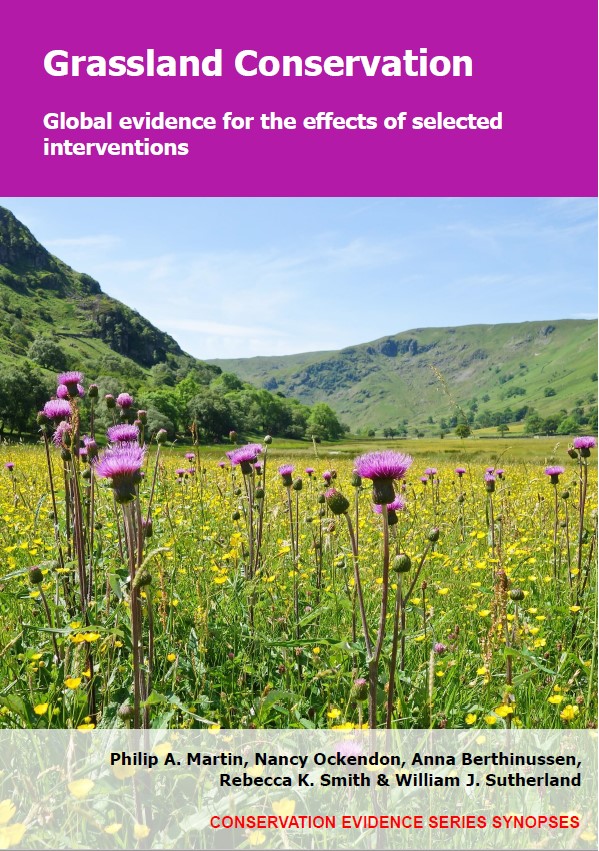Add carbon to soil before or after seeding/planting
-
Overall effectiveness category Evidence not assessed
-
Number of studies: 2
View assessment score
Hide assessment score
How is the evidence assessed?
-
Effectiveness
not assessed -
Certainty
not assessed -
Harms
not assessed
Study locations
Supporting evidence from individual studies
A replicated, randomized, controlled study in 2000–2006 in a former arable field in Minnesota, USA (Grygiel et al. 2012; same study site as Grygiel et al. 2014) found that adding carbon to soil after sowing seeds led to a decrease in the density of seeded and unseeded forb species compared to sowing without carbon. After 1–5 years, forb density was lower in plots where carbon was added and seeds were sown (seeded forbs: 9–35 plants/m2; unseeded forbs: 13–70 plants/m2) than in plots where no carbon was added and seeds were sown (seeded forbs: 30–128 plants/m2; unseeded forbs: 32–186 plants/m2). In autumn 2000, two 2.8 × 2.8 m plots in each of ten blocks were tilled and seeded with a combination of native grasses and forbs at a rate of 25 kg/ha. In spring 2001, carbon was added (granular sugar at a rate of 0.5 kg/m2) to one plot/block, while no carbon was added to the other plot. Vegetation was sampled in August 2002–2006 using four randomly placed 0.25-m2 quadrats/plot.
Study and other actions testedA replicated, randomized, paired, controlled study in 1998–2010 in a former arable field in Minnesota, USA (Grygiel et al. 2014; same study site as Grygiel et al. 2012) found that adding carbon to soil after sowing seeds did not alter the density of sown native forb species. After 10–12 years, the average density of sown forb species did not differ significantly between plots where carbon was applied after seeds were sown (29 plants/m2) and plots where carbon was not applied after seeds were sown (40 plant/m2). In autumn 1998, two 4 x 3 m plots in each of five blocks were tilled and sown with a seed mixture containing four native grasses and 12 native forbs. In spring 1999, one plot/block had carbon applied (granular sugar at a rate of 0.5 kg/m2), while the other plot had no carbon applied. In July–August 2005–2010, the density of sown forb species was estimated in each of the 10 plots.
Study and other actions tested
Where has this evidence come from?
List of journals searched by synopsis
All the journals searched for all synopses
This Action forms part of the Action Synopsis:
Grassland Conservation
Grassland Conservation - Published 2021
Grassland Synopsis





)_2023.JPG)














